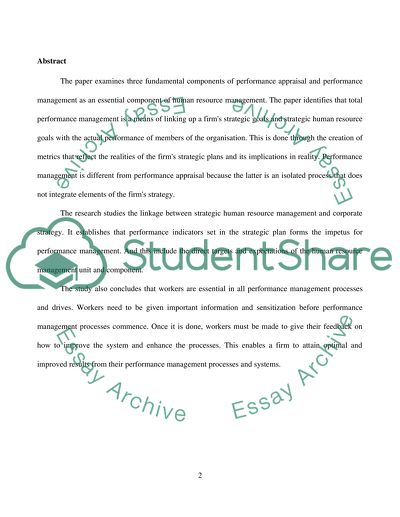Cite this document
(“Performance management and strategic human resource management Essay”, n.d.)
Performance management and strategic human resource management Essay. Retrieved from https://studentshare.org/human-resources/1628064-performance-management-and-strategic-human-resource-management
Performance management and strategic human resource management Essay. Retrieved from https://studentshare.org/human-resources/1628064-performance-management-and-strategic-human-resource-management
(Performance Management and Strategic Human Resource Management Essay)
Performance Management and Strategic Human Resource Management Essay. https://studentshare.org/human-resources/1628064-performance-management-and-strategic-human-resource-management.
Performance Management and Strategic Human Resource Management Essay. https://studentshare.org/human-resources/1628064-performance-management-and-strategic-human-resource-management.
“Performance Management and Strategic Human Resource Management Essay”, n.d. https://studentshare.org/human-resources/1628064-performance-management-and-strategic-human-resource-management.


